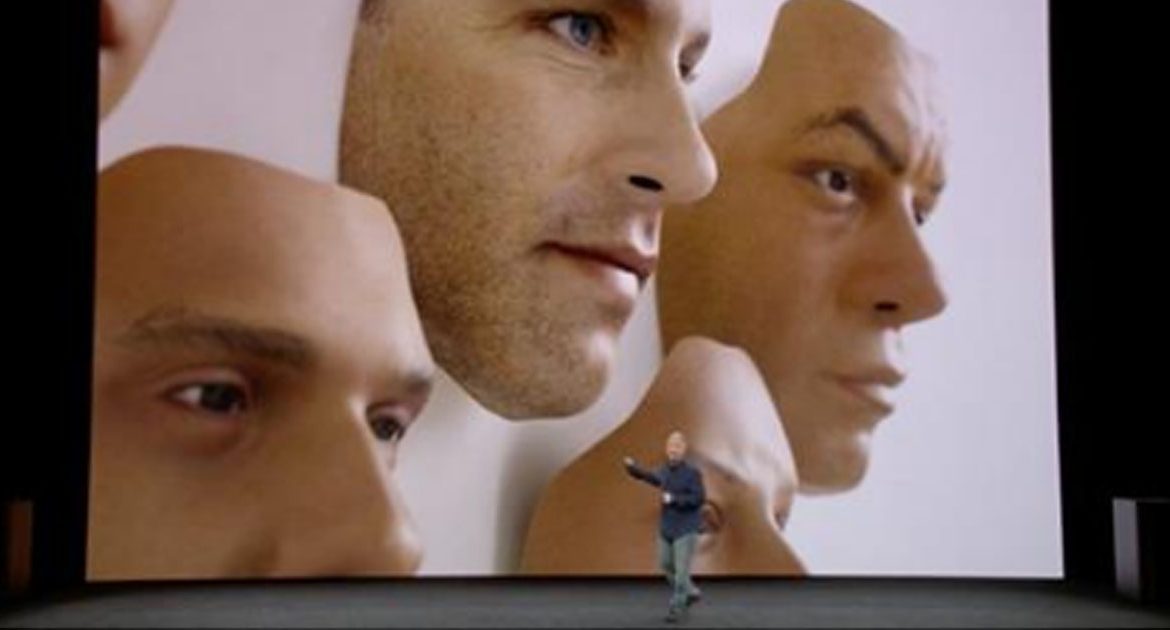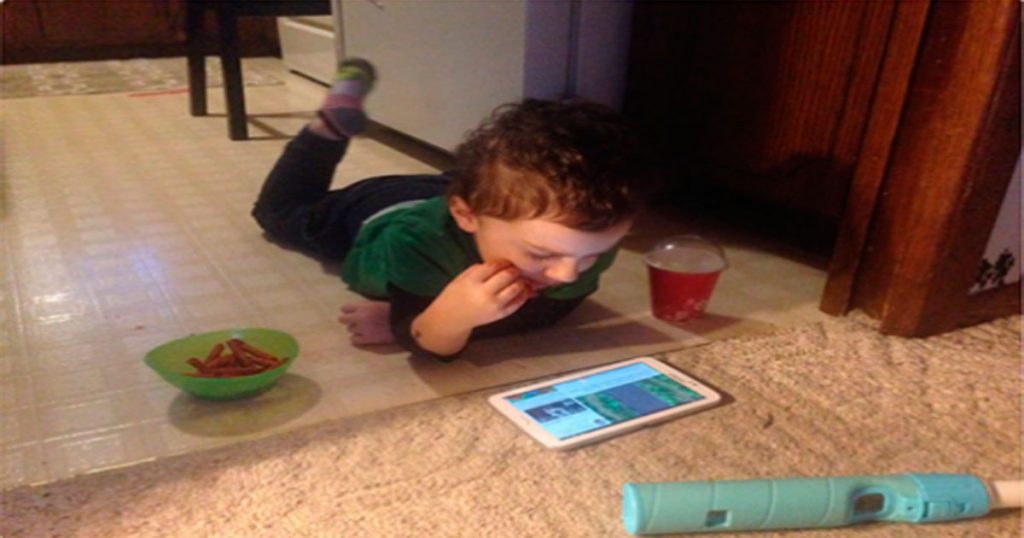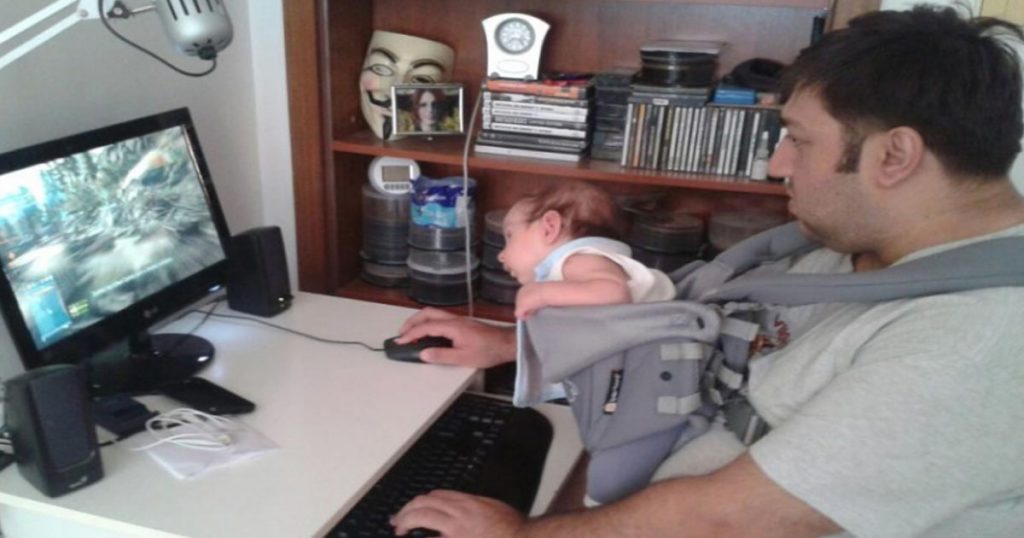Apple just unveiled the iPhone X (pronounced «ten»), a premium new model that the company bills as the future of the smartphone.
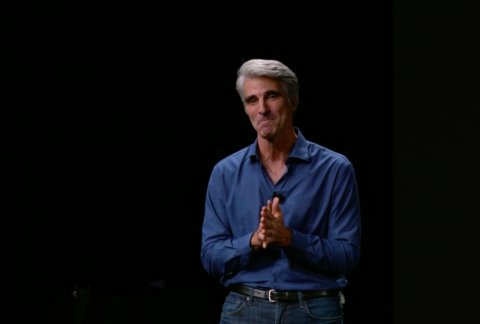
To that end, the iPhone X ditches the iconic home button and the TouchID fingerprint sensor in favor of a new system called FaceID.
Theoretically, you just look at the screen, and the iPhone X will recognize your face and unlock your phone.
However, in an on-stage demo, Craig Federighi, an Apple senior vice president, couldn’t get FaceID to work — forcing him to log in with a passcode instead.
«Let’s try that again,» Federighi said on stage.
Watch the moment here:
Some amateur sleuths have reviewed the footage and noted that the fail may not have been Federighi’s fault, or even that of the iPhone X: The phone appears to have just been restarted, which would force the user to enter their passcode before the Face ID system would activate. The Touch ID system on current iPhones works the same way.
Apple says that when it’s working properly, iPhone X will use a sophisticated infrared camera to map out your face, using artificial intelligence to verify it’s you. It’s similar to Windows Hello, a similar facial-recognition feature that Microsoft launched on its Surface devices in 2015.
Furthermore, Apple says it enlisted Hollywood special-effects wizards to help it to test and secure FaceID. Federighi showed some creepy, extremely realistic recreations of human faces, saying even those weren’t good enough to crack FaceID.
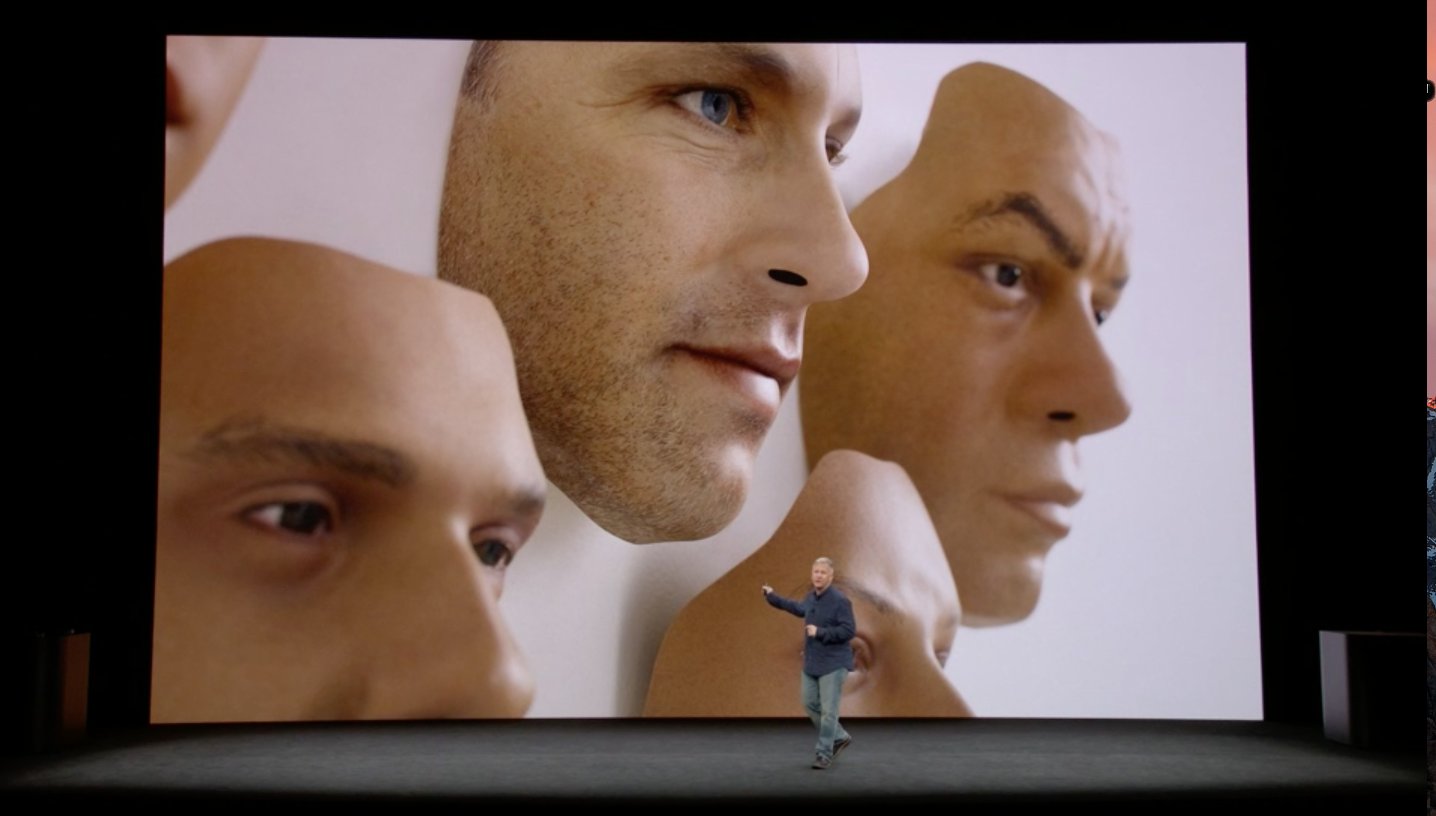
Federighi says it’s possible that another human could have a face similar enough to yours to crack the system, but the odds are about 1 in 1 million.
Still, the burden is on Apple to prove that FaceID is both as secure and as convenient as TouchID, which it seems poised to replace. If this first time at bat is any indication, Apple might have some work to do if it wants to sell that concept.
